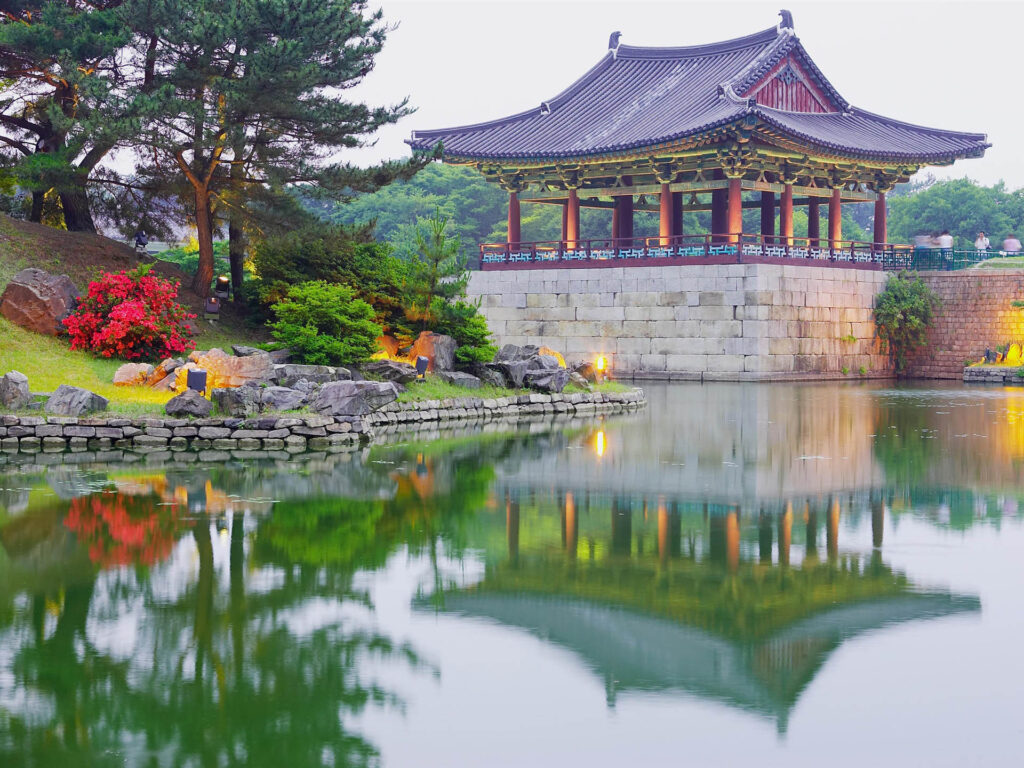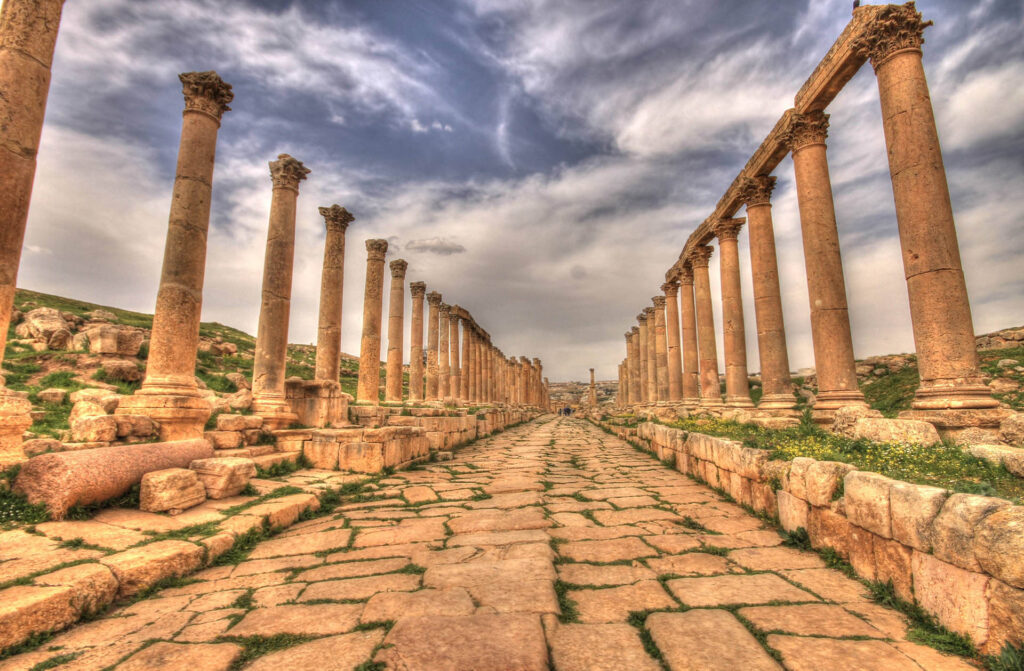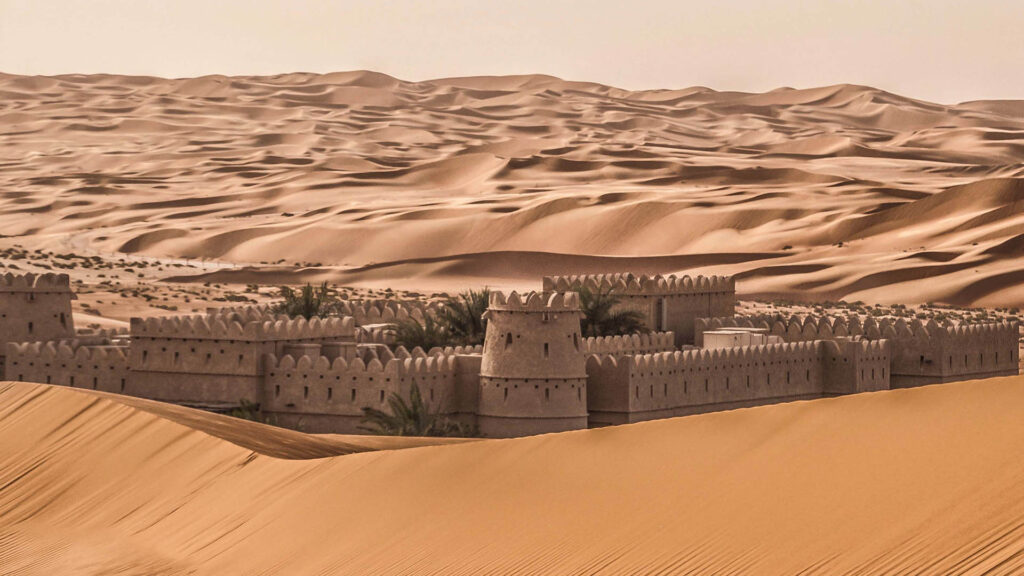Introducing Batu Caves of Malaysia
Just 13 kilometers north of Malaysia’s capital city of Kuala Lumpur lies one of the country’s most celebrated Hindu shrines and popular tourist destinations – the magnificent Batu Caves. Overlooking the city from a towering limestone outcrop, this network of caves houses ancient Hindu temples filled with dazzling shrines, multi-colored dripstone formations and a colony of energetic monkeys.
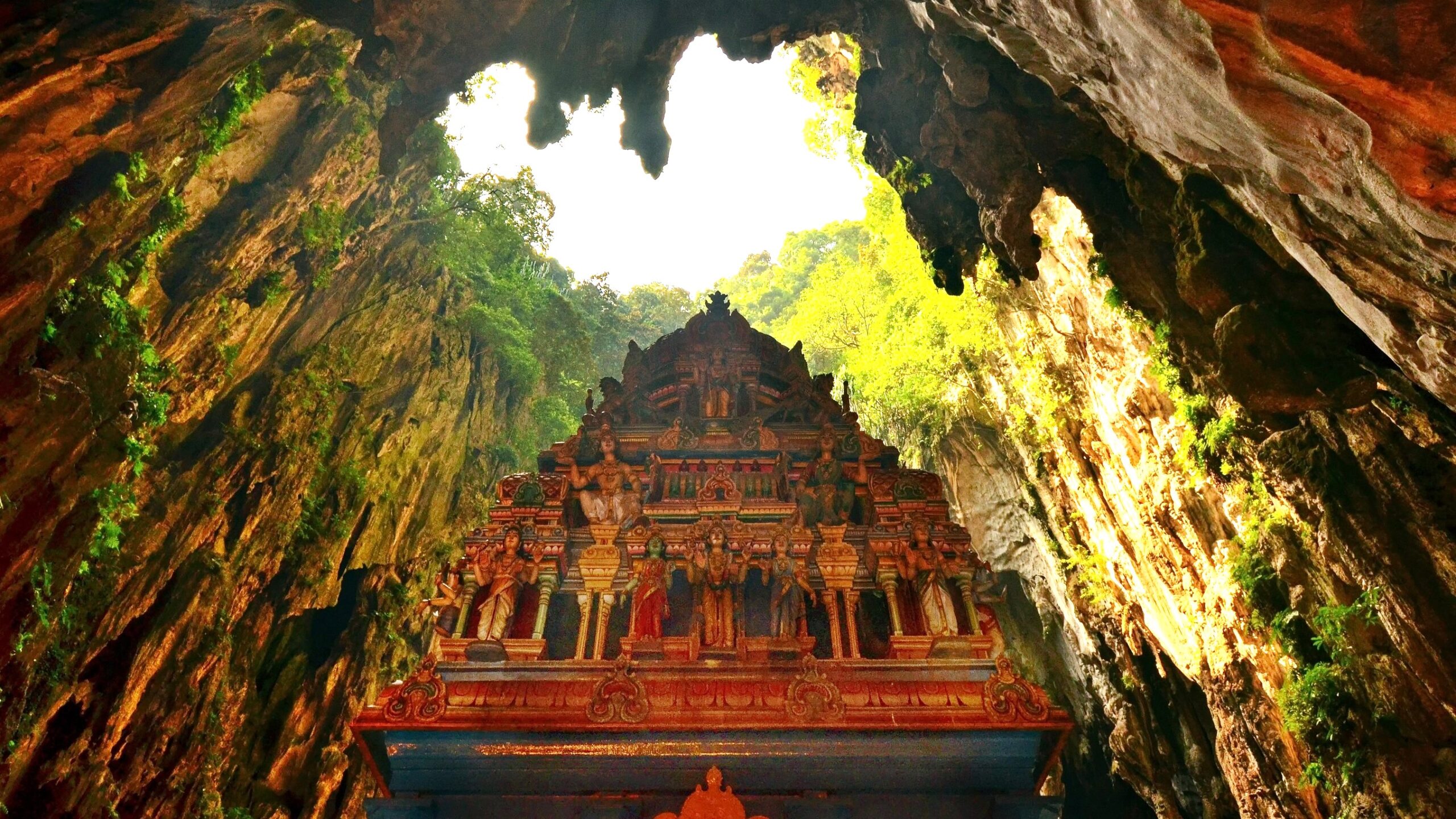
Exploring the Magnificent Batu Caves of Malaysia
Overview and History
The Batu Caves contain three main caves and a few smaller ones. They formed 400 million years ago as underground rivers eroded giant caverns out of the oldest rock sediments on earth. Early settlers used guano deposits from swiflets and bats as fertilizer long before modern developments.
Discovery and Development
The existence of the caves first became widely known in the 1870s when American Naturalist William Hornaday included them amongst his documentation of natural geological formations. However, their commercial potential was not recognized until the early 20th century when engineers began promoting it as an ideal rock quarry site.
In 1890, the caves underwent further fame when British administrator James Ven Hill climbed the summit and proclaimed it as “Hill’s Peak” in his name. One hundred steps were soon built leading up to its base by K. Thamboosamy Pillai in the 1920s, allowing easier access for devotees. These original stone-cut stairs still exist inside Cave Villa today.
By the 1950s, various Hindu shrines and religious artwork began appearing within the main Temple Cave. The 42.7 meter high statue of Murugan, the Hindu god of war and victory, was erected in 2006 and remains a popular highlight for visitors.
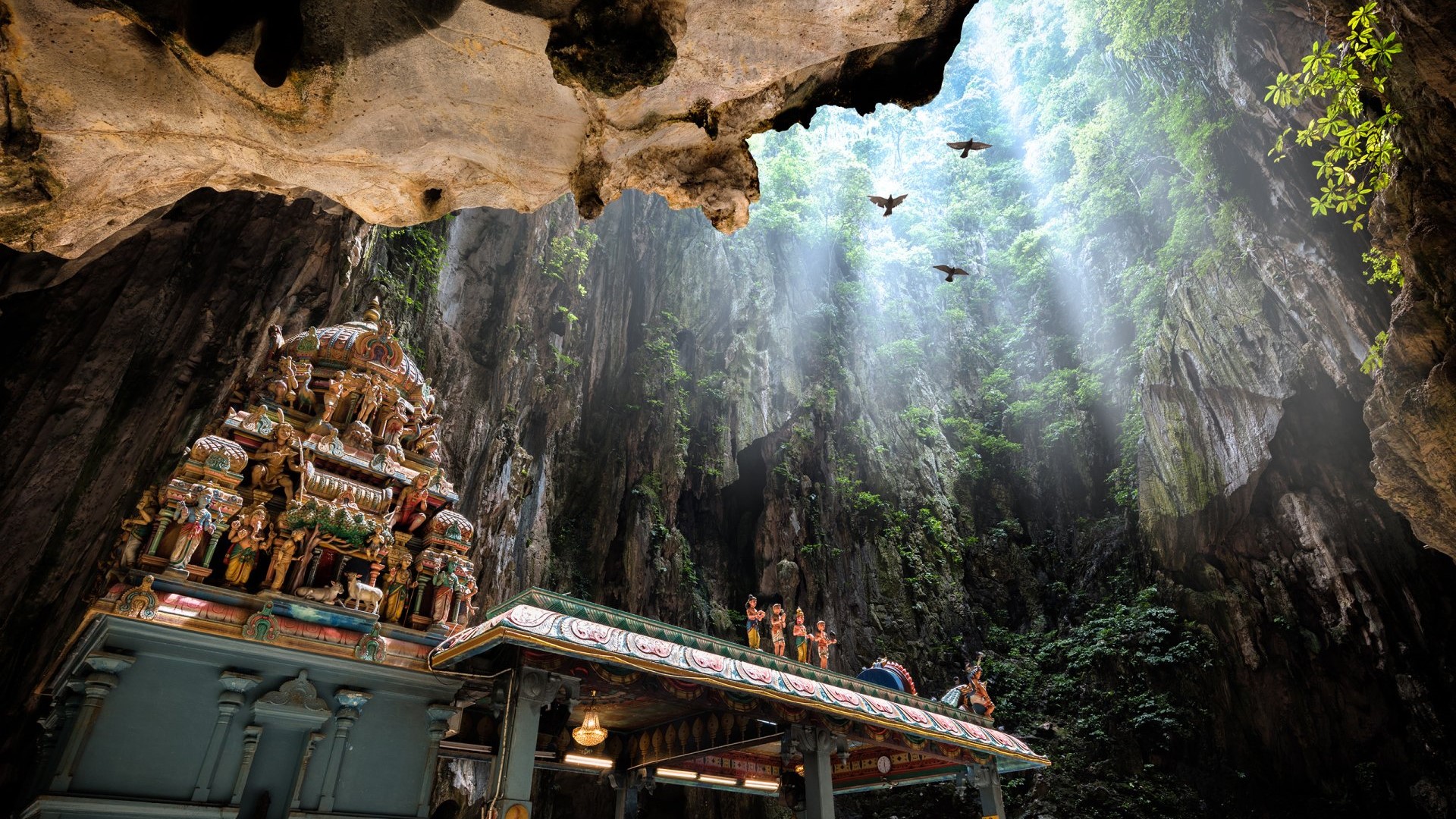
Exploring the Magnificent Batu Caves of Malaysia
Getting There and Orientation
Batu Caves makes an easy and popular half-day trip from Kuala Lumpur, readily accessible by private car, taxi, train, or tour bus. Plentiful parking exists onsite. Visitors disembark at the cave entrance plaza to admire the giant golden Murugan statue before heading into the network of three show caves.
Main Temple Cave
Soaring 100 meters high and 300 meters long, impressive Cathedral Cave houses several Hindu shrines behind the 15-story outdoor Murugan statue. The focal point is the temple cave itself featuring intricate Hindu icons and vibrant ceiling paintings depicting Lord Murugan’s victory over demons. Gaze up at the looming limestone cliffs all around as monks perform ceremonies and blessings for devotees. Walk further inside past rocky outcrops to discover the burial place of soldier S.K. Raja before returning to the light.

Exploring the Magnificent Batu Caves of Malaysia
Art Gallery Cave
Adjacent to Temple Cave, the Art Gallery Cave earned its nickname from a series of 10 life-sized Indian sculptures made from plaster of Paris recreating epic scenes from Hindu scriptures. Wind past stalactites and stalagmites to study these renowned images of deities presented alongside English descriptions of religious lore. Marvel at the side cavern Dark Cave, not open to public access, but visible through steel mesh gates.
Ramayana Cave
The final and least visited show cave, Ramayana Cave sits higher up the hillside, requiring visitors to climb a towering 272 staircase punctuated by occasional macaque monkeys. Murals lining the cave tunnel recreate the famous ancient Indian legend of Rama’s rescue of his kidnapped wife Sita from the clutches of a demon king. The cave culminates at a viewing balcony surveying green vistas towards downtown Kuala Lumpur in the distance.

Exploring the Magnificent Batu Caves of Malaysia
What to See and Do
Aside from meandering the magnificent show caves, visitors to Batu Caves can keep occupied with various cultural sights, nature trails, and even rock climbing adventures.
Lord Murugan Statue
No trip to Batu Caves is complete without viewing the enormous Lord Murugan statue towering 42 meters over the entrance plaza. Weighing 250 tons and covered in 15,000 pieces of mosaic, it stands as the tallest Murugan statue in the world since its unveiling in 2006. Pause to take mandatory selfies before the massive golden icon.
Macaque Monkeys
Over 200 long-tailed macaques swing among the limestone cliffs and cave openings around Batu Caves. While seeming tame and accustomed to human crowds, these wild monkeys should not be fed or harassed. Keep a cautionary distance and safeguard food or bags as they can be quick to snatch unsecured items! Their mischievous antics certainly add lively entertainment to the experience.
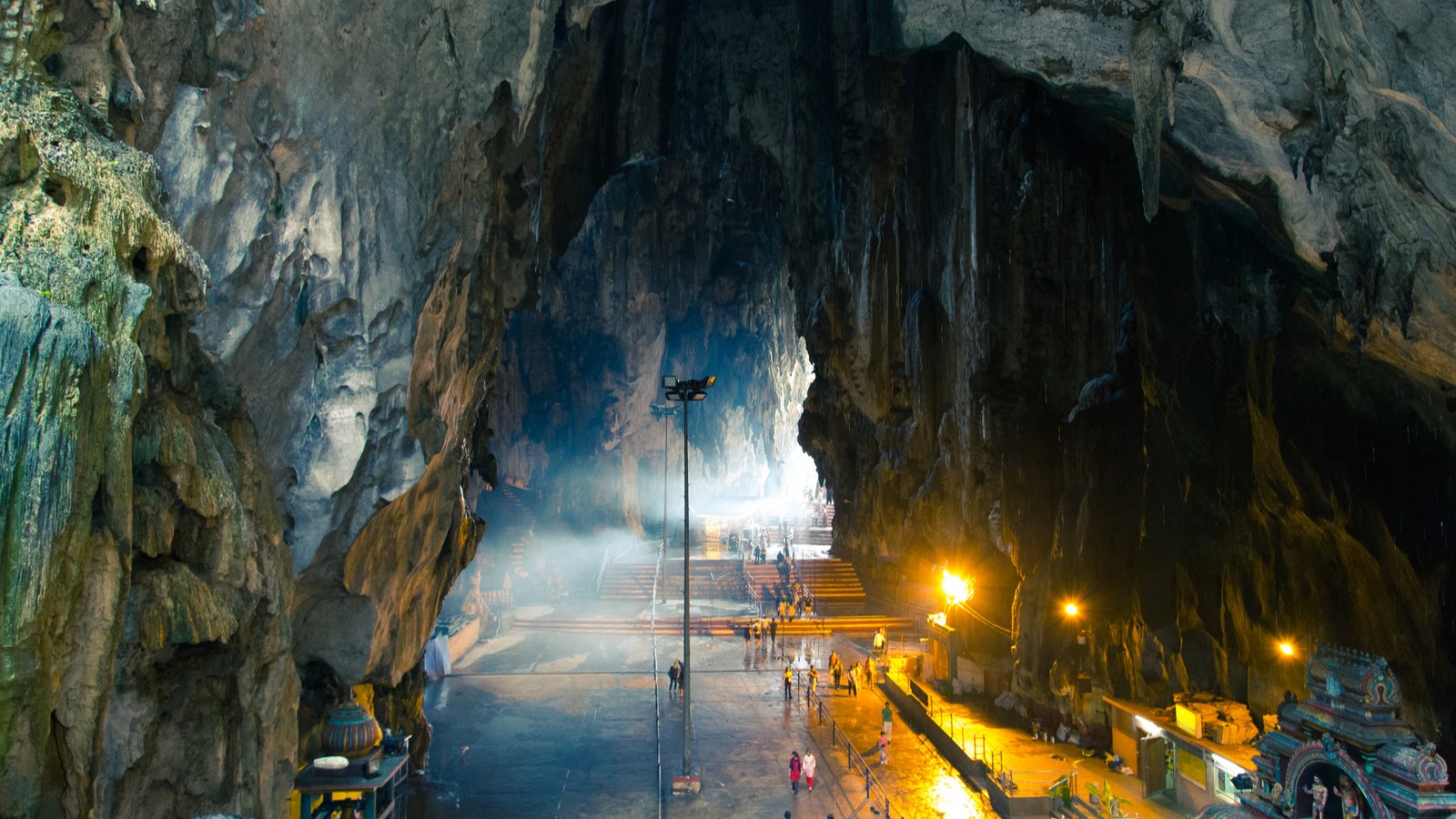
Exploring the Magnificent Batu Caves of Malaysia
Hindu Ceremonies
Particularly during the annual Thaipusam Festival each winter, Hindu ceremonies frequent the Temple Cave shrines as monks bless pilgrims and perform rituals like fire walking or keavadi body piercing as demonstrations of faith and mental fortitude over physical suffering. The lively festival draws over a million attendees annually.
Nature Trails
Behind and alongside the cave temple complex, visitors can explore Batu Caves’ nature trails traversing the forested slopes all around. The lower Dark Cave trail leads past million year old rock formations into chambers filled with aerial roots and swiflet nests used for bird’s nest soup. Those with sufficient fitness may choose to climb the hidden 99 Steps Trail leading up to the summit viewpoint.
Adventure Caving & Rock Climbing
For adventurous types, adventure tour operators offer wild caving experiences through more remote undeveloped cave networks hidden within the greater hill system. Vertical challenges await as well with over 150 sport climbing routes ranked beginner to professional level placed around Batu Caves’ cliff faces and pinnacles.
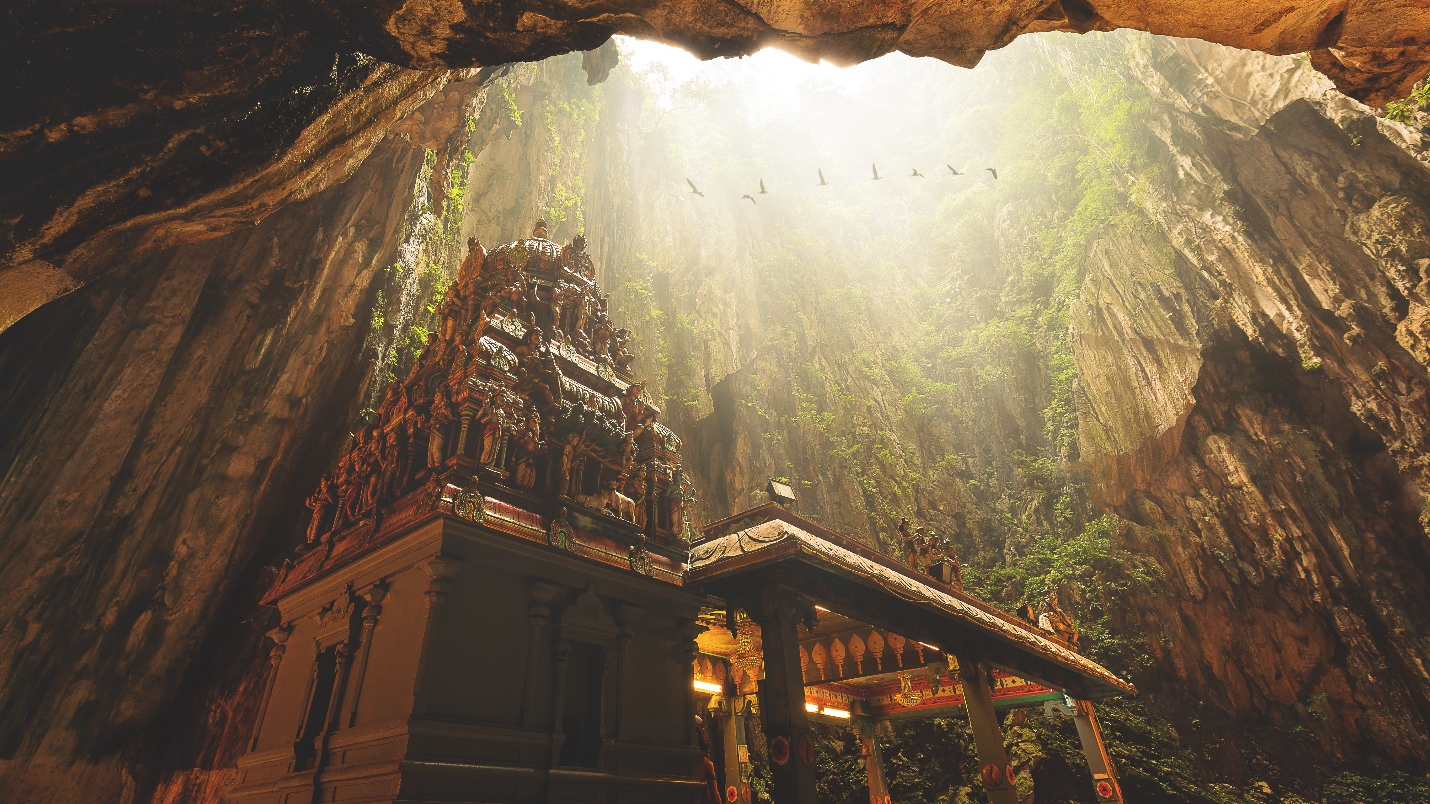
Exploring the Magnificent Batu Caves of Malaysia
Tips for Visiting
Batu Caves makes an easy day’s escape from the hustle of nearby Kuala Lumpur into a unique geological landscape important both culturally and naturally. Beat crowds by heading early before it gets too hot. Dress respectfully when entering the temple cave shrines and remove shoes when going inside. Cave floors can be uneven or slippery so wear proper enclosed walking shoes with grip. Carry water and snacks to recharge energy levels. Repeat visitors may consider taking the train from KL Sentral to Batu Caves station for a lesser seen commute perspective to the site.
Conclusion
With religious sanctity, adventure thrills and timeless natural beauty all rolled together conveniently on the city’s doorstep, Batu Caves’ magnificence impresses tourists and locals alike. Stretching eyes and legs over its multi-chambered caverns rewards the intrepid with Hindu blessings, monkey mischief, stalactite splendor and lofty Kuala Lumpur outlooks that make the journey upward unquestionably worthwhile.








